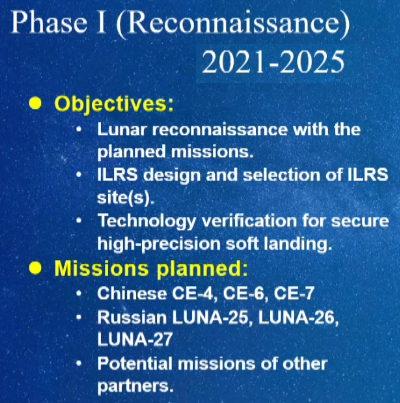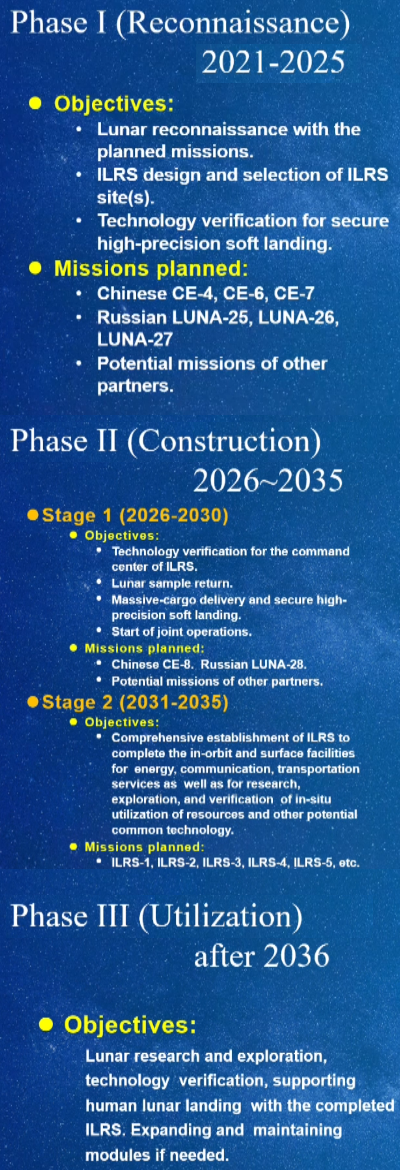Trump cuts apparently shutting down NASA’s climate office in New York

Schmidt’s data tampering, as documented in 2016.
As part of the Trump administration’s aggressive effort to trim the federal budget as well as shift the research focus at the federal government’s many science agencies, on April 24, 2025 it revealed that it has canceled the building lease for the Goddard Institute for Space Studies (GISS) in New York that has existed since 1961 and in 2016 and 2017 was found to be tampering with past climate data with no explanation, lowering past temperature numbers while raising more recent ones in order to make the data fit the as-yet unproven theory that human activity is causing global warming.
Those “adjustments” have never been justified in any way. Nor has Gavin Schmidt, the man who heads GISS, ever done anything to correct them. Moreover, when his office was accused of this tampering in 2016 he not only refused to fix or justify the changes, he responded by claiming “planetary warming does not care about the election.” In the years since it has been his office that annually declares each year “the hottest on record,” using these tampered numbers to do so and demonstrating that he has been acting not as a real researcher but as a political operative of the global warming crowd.
Though the office lease is being canceled, GISS has not been shut down, as of now.
While NASA is terminating the lease on the GISS offices, it is not closing the institute itself. Lystrup said in the email that it will help employees move “to remote work agreements in the short-term as the agency seeks a new, permanent space for the team.”
I suspect this statement is merely designed by Trump officials to dampen the screams of opposition against its actions. It is very likely GISS is going away, and most of its employees will have to find new jobs.
The hope is that new scientists can be hired to review these tampered numbers and get them fixed so that climate research in the future can proceed with reliable data.

Schmidt’s data tampering, as documented in 2016.
As part of the Trump administration’s aggressive effort to trim the federal budget as well as shift the research focus at the federal government’s many science agencies, on April 24, 2025 it revealed that it has canceled the building lease for the Goddard Institute for Space Studies (GISS) in New York that has existed since 1961 and in 2016 and 2017 was found to be tampering with past climate data with no explanation, lowering past temperature numbers while raising more recent ones in order to make the data fit the as-yet unproven theory that human activity is causing global warming.
Those “adjustments” have never been justified in any way. Nor has Gavin Schmidt, the man who heads GISS, ever done anything to correct them. Moreover, when his office was accused of this tampering in 2016 he not only refused to fix or justify the changes, he responded by claiming “planetary warming does not care about the election.” In the years since it has been his office that annually declares each year “the hottest on record,” using these tampered numbers to do so and demonstrating that he has been acting not as a real researcher but as a political operative of the global warming crowd.
Though the office lease is being canceled, GISS has not been shut down, as of now.
While NASA is terminating the lease on the GISS offices, it is not closing the institute itself. Lystrup said in the email that it will help employees move “to remote work agreements in the short-term as the agency seeks a new, permanent space for the team.”
I suspect this statement is merely designed by Trump officials to dampen the screams of opposition against its actions. It is very likely GISS is going away, and most of its employees will have to find new jobs.
The hope is that new scientists can be hired to review these tampered numbers and get them fixed so that climate research in the future can proceed with reliable data.











